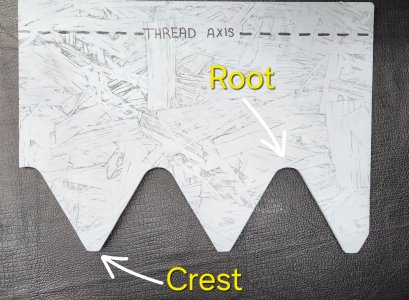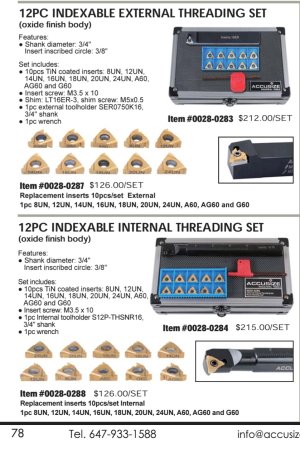Here is a PDF of my notes from the little tutorial I presented at our April 6 meet-up. Hopefully it's not too convoluted.
If anyone has any questions, I will try to answer them as best that I can.
There is more information that I need to post regarding this in the next couple days.
If anyone has any questions, I will try to answer them as best that I can.
There is more information that I need to post regarding this in the next couple days.





